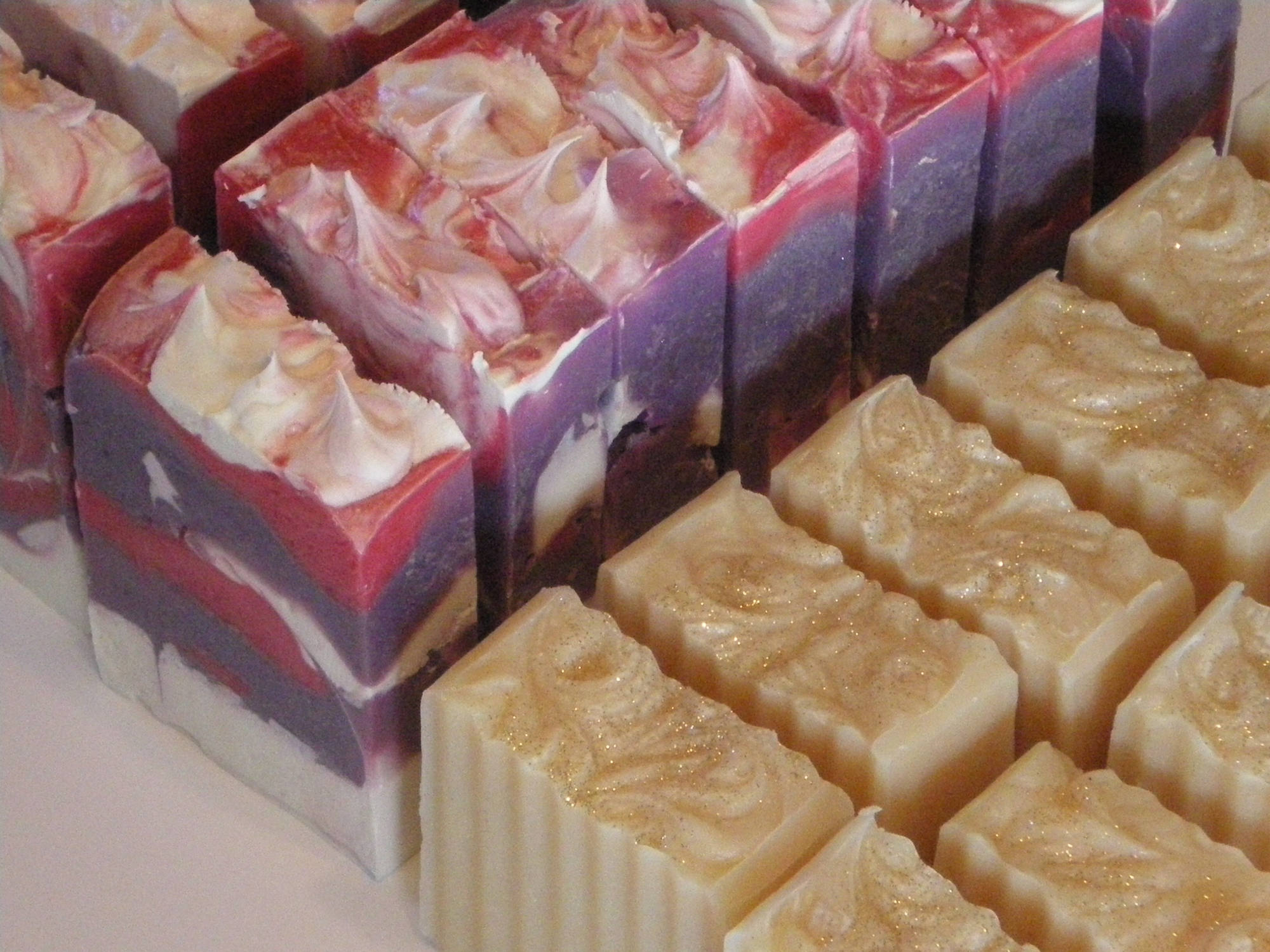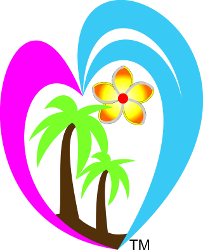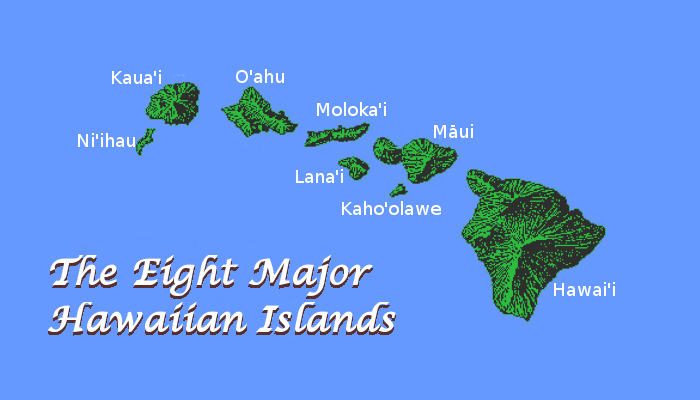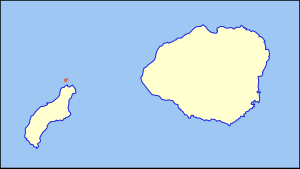[print-me do_not_print=”.emoji”]NOTE: If you don’t understand some of my words, please read our post: How to Speak Hawaiian which will tell you what many of my words mean! Mahalo.
KOKE’E
Koke’e is an area on the top of Mt. Waialeale (which is the extinct volcano that made my home island Kaua’i). From Kekaha (my home town) you take Koke’e Road and drive about 45 minutes to the top.
No matter what’s happening down below, the weather changes quickly up here so be prepared and take a jacket as it is usually misty and cool and can even get cold (remember, you’re on the top of volcano where it rains about an inch a day, every day of the year).
Along the scenic drive you’ll stop by lookout areas and look down with birds eye views into Waimea Canyon (the grand canyon of the pacific, 10 miles long and 3,000 feet deep). You may also see wild Liliko’i vines (passionfruit) and the Mokihana bush with very fragrant but bitter green berries which we use to make Lei’s. It is very popular to put in a Lei but it is very hard to find in the jungle so watch carefully.
If you’re very lucky you may even see a very reclusive Hawaiian bird, the Hawaiian pheasant. They sneak around in the jungle and sometimes you’ll see them run across the road or perhaps standing on the side of the road eating seeds and bugs.
At the top you’ll arrive at a the visitors center and park which is a beautiful place with a large meadow big enough for a couple of football games played simultaneously. There is a lodge/visitor center/natural history museum and plenty of room for the biggest gathering. Of course there are island chickens everywhere.
You might even see Nēnē (small Hawaiian geese that look similar to miniature Canada geese) flying by or wandering around in the meadow and park.
If you’re there in October, don’t miss the Hawaiian celebration for Queen Emma of Hawaii.
The park is used for recreation, camping, hiking and hunting.
THE KALALAU VALLEY LOOKOUT
From the visitors center, take the 5 minute drive to the top where you’ll arrive at the Kalalau valley lookout. Here you can look over the Nā Pali Coast which is a huge mountain range on the northwest side of the island. Many movies like Pirates of the Caribbean and Water World were filmed here.
HIKING IN THE PARK
There are SEVEN major hiking trails in Koke’e State Park.
Along these trails you’ll see spectacular views of the ocean, Waimea Canyon, lush jungle forest, and you see the most beautiful flowers, flowering trees and bushes and all of the unbelievably colorful Hawaiian birds.
You may even see wild boar rooting around and tearing up the jungle but WARNING. They are ferocious and can hurt you, even kill you. They are usually afraid of people because the men on my island hunt them, but if you see on, keep your eyes on it and back away. When I was young my uncles would go hunting pigs and goats up there (yes there are wild goats all over the mountains there too) and come home with some very big and mean looking boars. Then my tutu and us girls would prepare them and the men would put them in the imu and later we’d have kalua pork… and they weren’t so scary after that. YUM!
**Things to bring**
* Water (there is no water along the trails)
* Sunscreen (avoid the scorching sun if the day is clear)
* First-Aid (you never know what’s going to happen)
* A Jacket (keep warm if the day is misty or rainy)
* Hiking snacks (just in case)
* Appropriate Hiking Footwear (the trails can be murder on your feet)
TRAILS
* Alakai Swamp.
Since this area gets over 350 inches of rain per year, this is a huge swamp on the top of the volcano. When you hike it be sure to wear the appropriate clothing and take Bug Repellent because the mosquitoes know exactly where you are.
* Awaʻawapuhi Trail
(3.1 miles long One-Way, you gotta hike back so its 6.2 miles total)
This is a beautiful trail through the forest across the top of the mountain. There are occasional vista points where you can look down at the ocean. It is an easy hike for the first part because it’s all downhill, which makes the Pau Hana part even harder because it’s all up hill to go home. This trail connects to the Nu’alolo trail about 3 miles down but beware. If you take this trail your total hike will be about 9 miles long with only what you carry so this is not a novice day hike, you’d better be in shape. There is no water or facilities along this path.
* Kawaikoi Stream Trail
(about 1 3/4 miles long)
The State of Hawai’i says this is the most scenic mountain stream side trail in Hawai’i.
Since it is only 1 3/4 miles long, it is a relatively easy day hike. The stream and jungle are breath taking and the birds and flowers are gorgeous.
It is upstream from “Sugi Grove” and the trail starts about 3/4 of a mile past the Forest Reserve entrance sign on the Mohihi-Camp 10 Road. There are no facilities on this trail.
* Nuʻalolo Cliffs Trail
(a little more than 2 miles long)
This trail is sometimes closed due to dangerous conditions.
About 3 miles down the Awaʻawapuhi Trail you’ll find the entrance to this trail and it meets the main Nuʻalolo Trail between the 3 mile and 3 1/4 mile markers. This trail follows the upper rim of the dangerously steep Nuʻalolo Valley and lets you make a “loop” from the head of Awa’awapuhi Trail back to Koke’e State Park Headquarters.
* Nuʻalolo Trail
(3.8 miles One-Way, so hiking back makes it just under 9 miles)
The trail starts near the Kokee State Park Headquarters and goes through the Ku’ia Natural Area Reserve before reaching the forest reserve. The trail climbs up to 2,234 ft. elevation and ends at a U.S.G.S. survey marker titled “Lolo No. 2”. This trail is an used as an alternate route to the cross over of the Nuʻalolo Cliff Trail to Awa’awapuhi Trail and heavily used by hunters. The end of this trail can be very DANGEROUS so stay inside the safety railings. The steep drop over the cliff to the valley below is about 2,000.
* Pihea Trail
(3.8 miles One-Way so it’s just under 9 miles round trip)
You start this trail at the Puu O Kila Lookout which is at the end of Highway 550. This is a recommended forest reserve trail for scenic views. You’ll see Kauai’s native forest birds and a brief sampling the Alaka’i Wilderness’ terrain and vegetation. This trail is used as an alternate route to the Alaka’i Swamp Trail, which intersects the Pihea Trail just before 1 3/4 mile point. There is a short spur that ends at the Pihea Overlook, the highest point on the rim of Kalalau Valley. Be CAREFUL here. This borders the Alaka’i swamp and wilderness, it is often rainy and muddy. Camping here is by permit only.
* Poomau Canyon Lookout Trail
(.3 miles long)
This short trail starts 1.5 mile beyond the Forest Reserve entrance sign on the Mohihi-Camp 10 Road and leads to a overlook viewing area of Poomau and Waimea Canyons.
It can be closed for dangerous conditions or when maintenance crews are working.


 The Eight Major Hawaiian Islands Chain
The Eight Major Hawaiian Islands Chain

